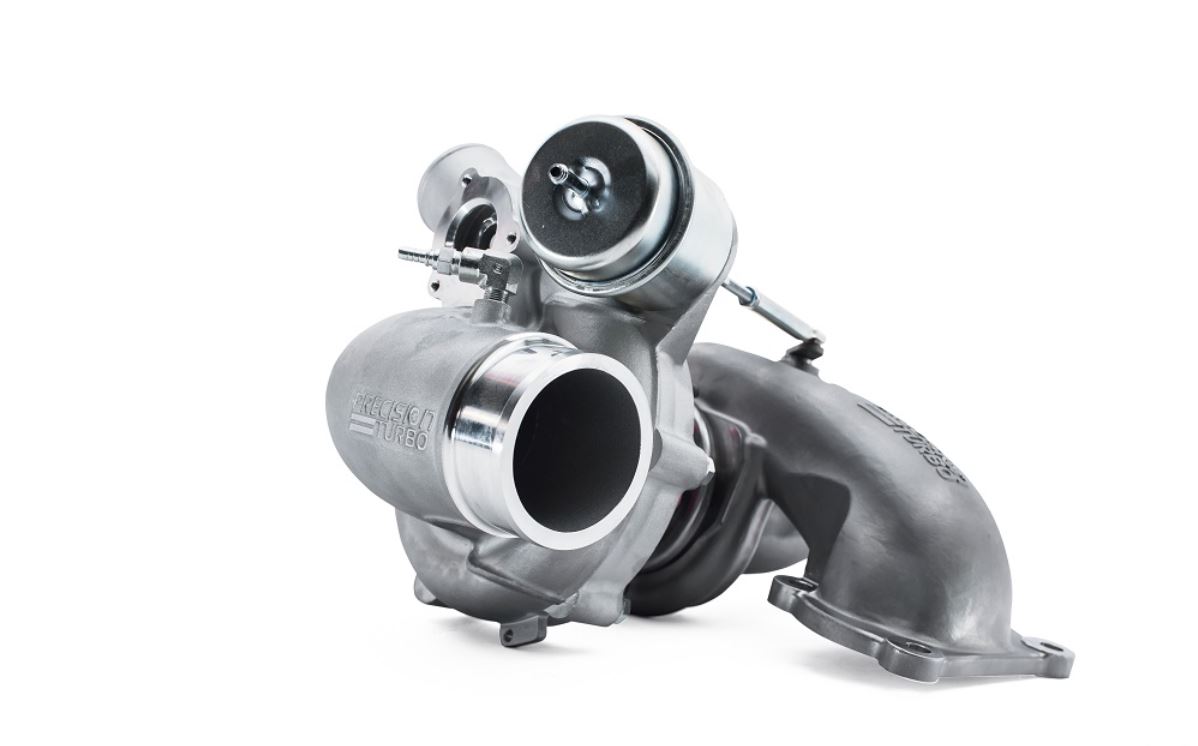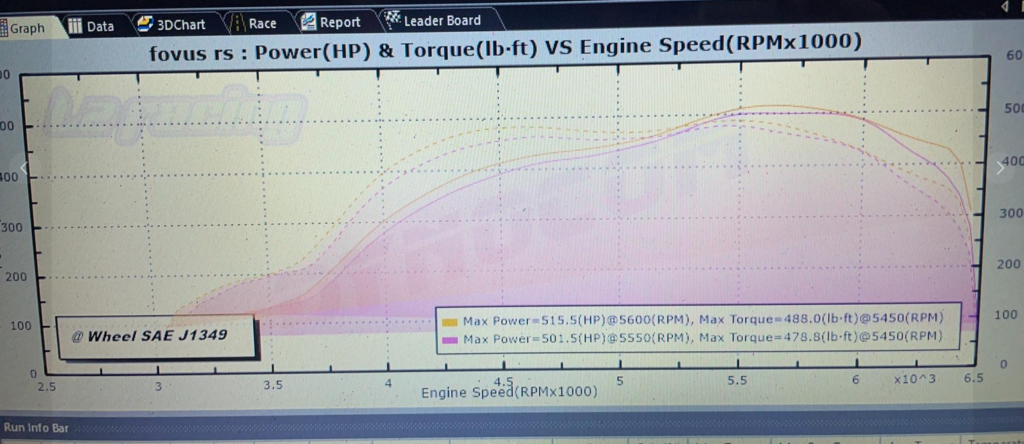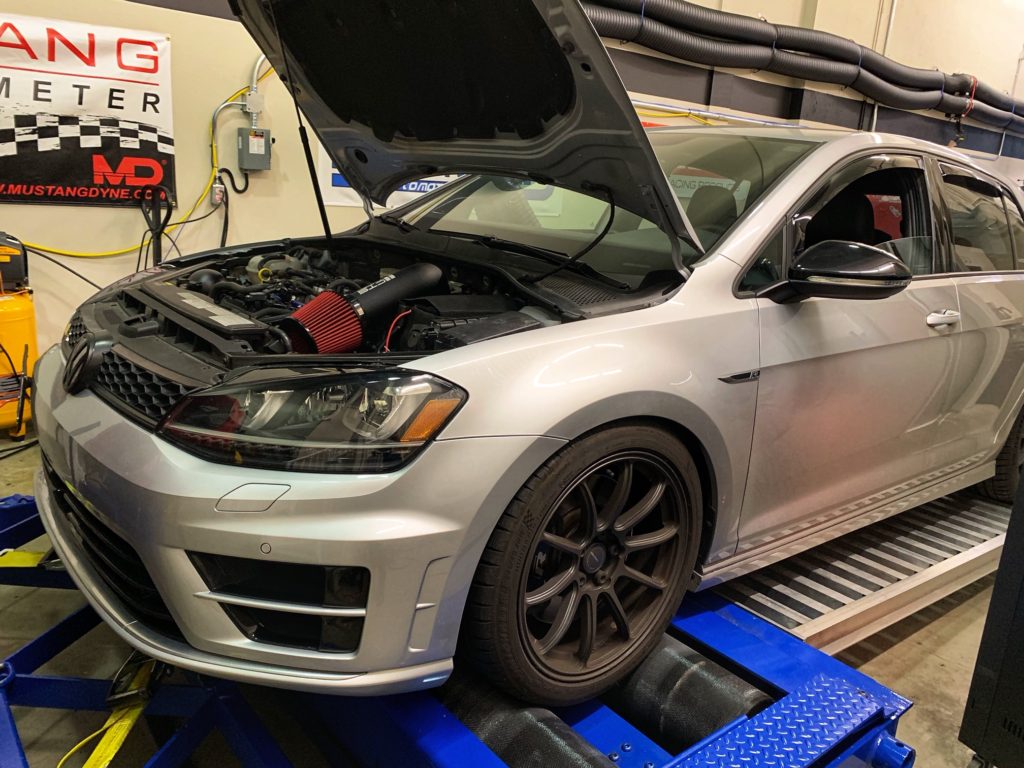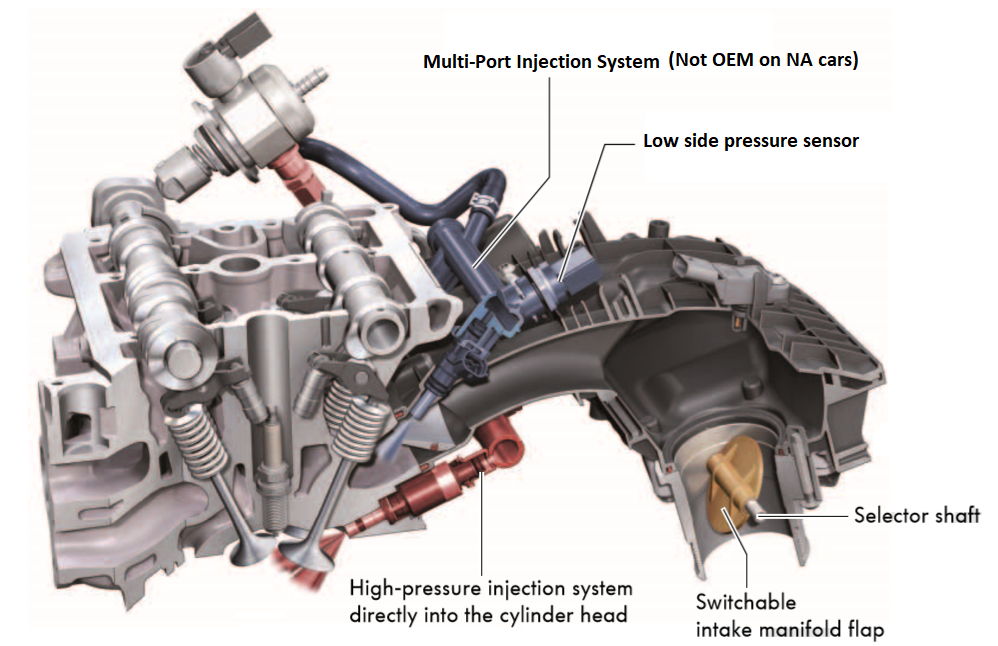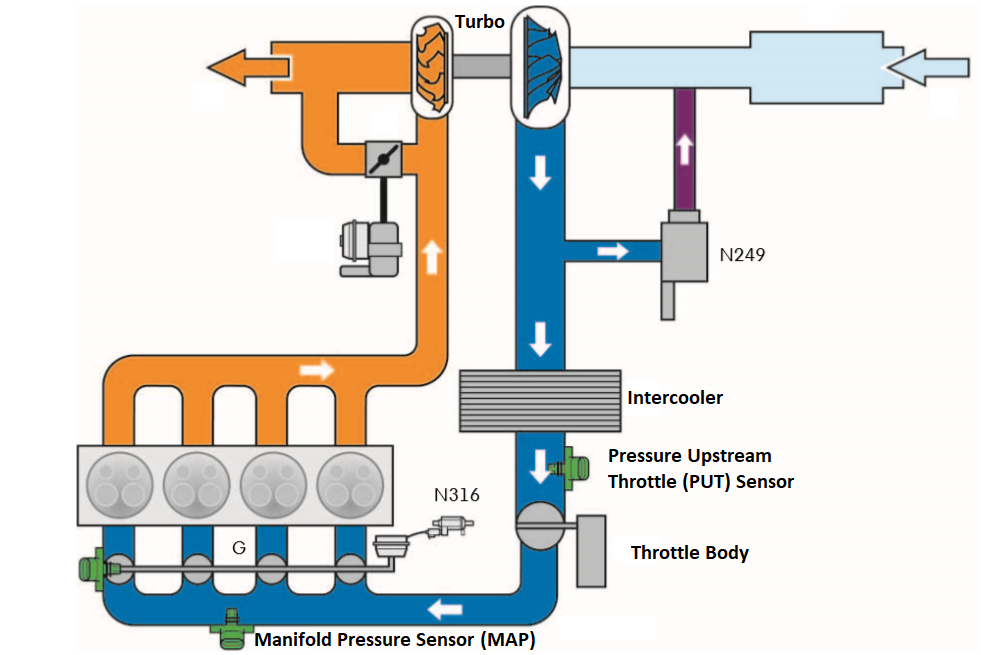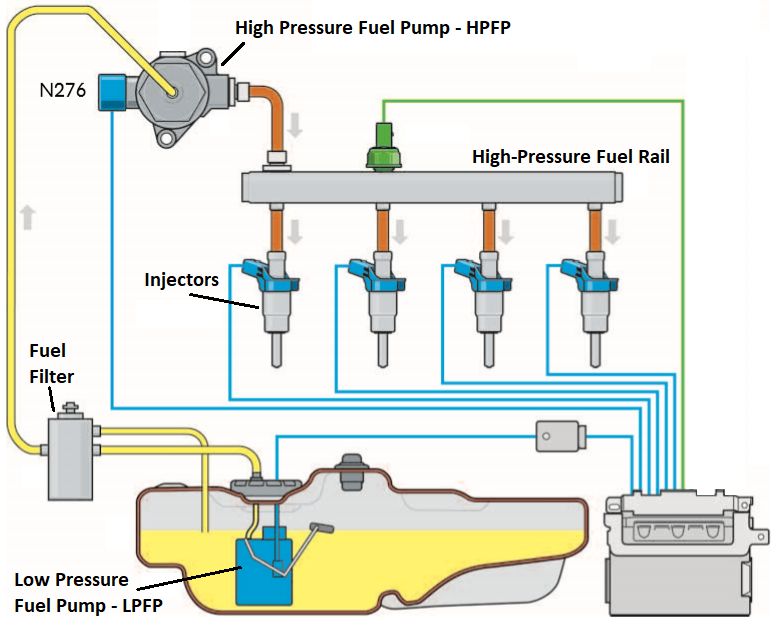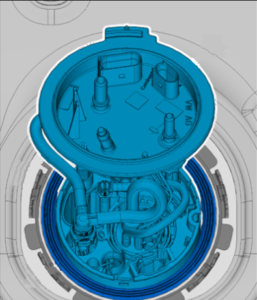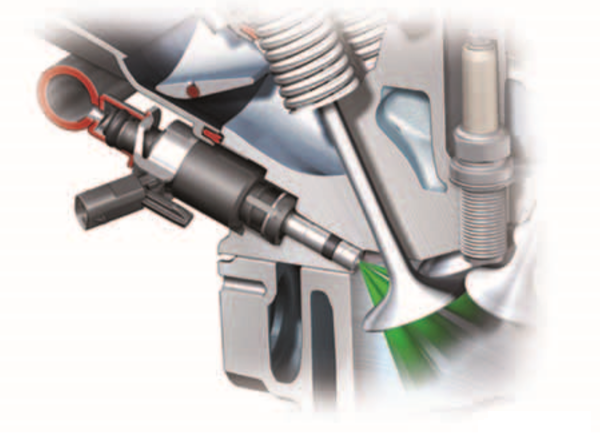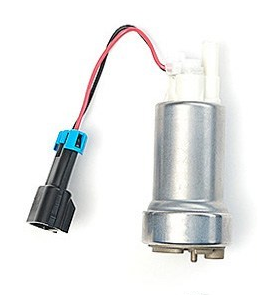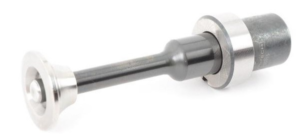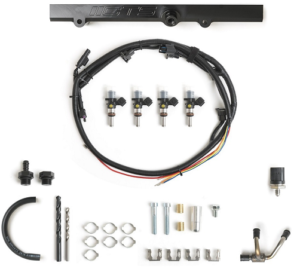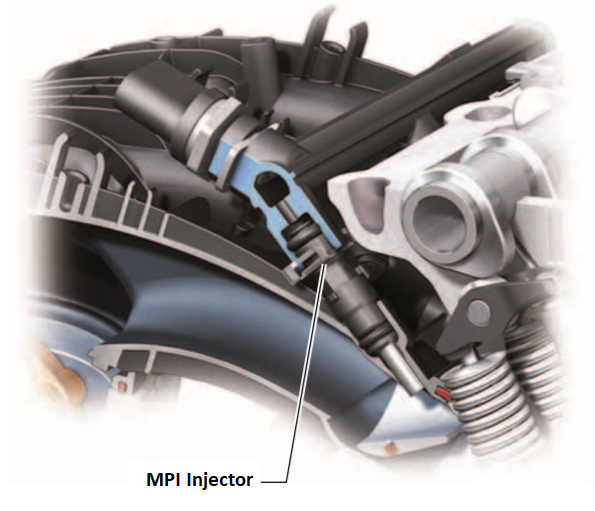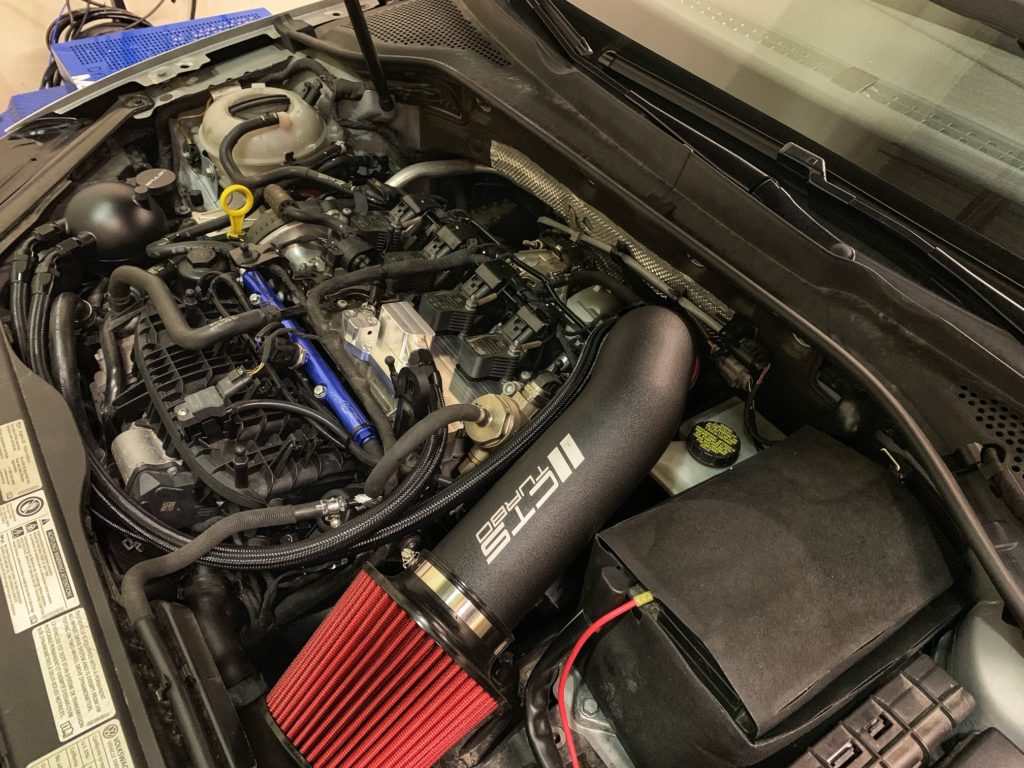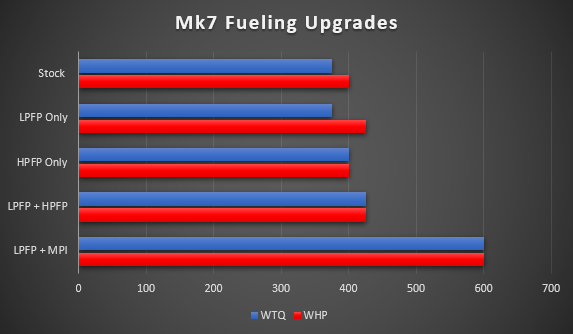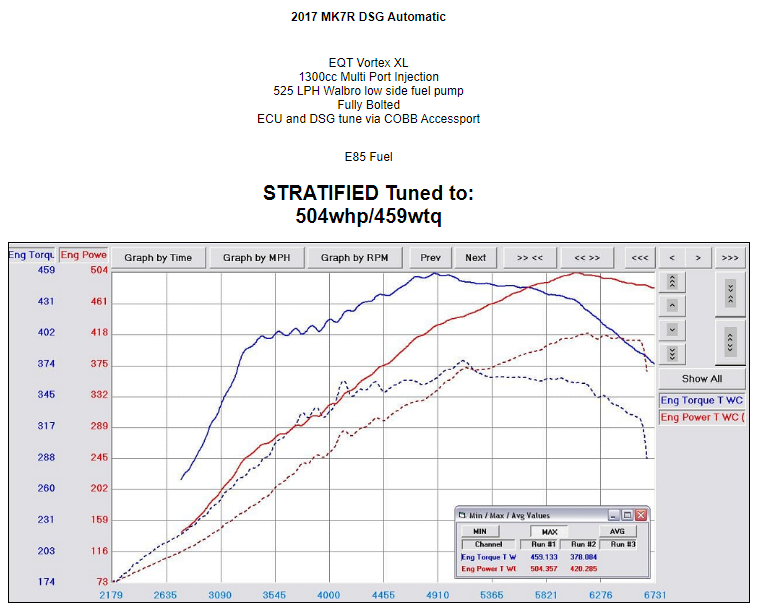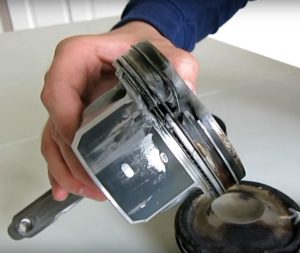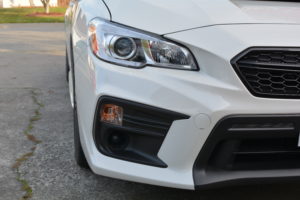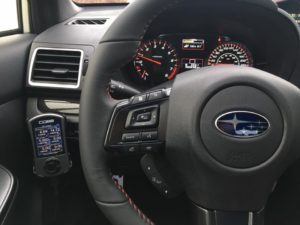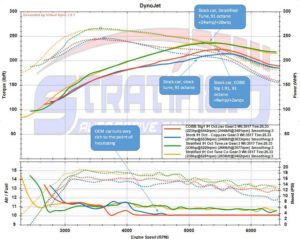Stratified’s 2022 Subaru BRZ development car.
The Car: 2022 Subaru BRZ base model was purchased brand new in late 2021.
Why This Car?
When the Subaru BRZ, Scion FRS/Toyota 86 came out in 2013 it started a new class of its own. The formula was an inexpensive, lightweight, 2-door, 2+2 rear-wheel drive sports car. No other car was able to capture all of these ingredients. There were affordable American 2-door sports cars but they were very large and heavy. There were lightweight, rear-wheel drive European coupes, but they were expensive. There were lightweight, inexpensive Japanese cars, but they were front-wheel drive or 2-seaters. The partnership of Subaru and Toyota that developed the BRZ/FRS/86 platform had met all the criteria of something special… but a lot of people were asking for more power.
Obviously, the platform was here to stay and only got better with subsequent generations. The new 2022 car answered the call for more power with a larger displacement 2.4L flat-4 which sported a 25-30hp increase from the older 2.0L flat-4. The BRZ was always a good handling car but Subaru/Toyota also improved upon that with an even lower centre of gravity and near 50/50 weight distribution. That being said there is always room for improvement… and this is where we come in.
First Impressions:
We first got this car in late 2021 and drove it around in its stock form and since tuning did not become available until late 2022, we tested quite a few parts to observe their impact and set our expectations up for when tuning would be available.
Overall the car is a true driver’s car. It has everything you need and nothing you don’t. You simply get in, start the car and drive. It’s actually quite a refreshing experience in comparison to all the bits, bobs, and gizmos on every other car these days.
We documented a lot of our findings – what works and what doesn’t in a an extensive video series. It all starts with a comparison to the Gen 1 car …
The Vision:
This car has one main purpose, it is a track car that you have the ability to daily drive. With a few simple modifications, we will be able to stay competitive in this car within the sport 4 class and pit it up against our new Mk8 GTI which is also going to remain in the sport 4 class for 2023. We will soon be upgrading the wheels and tire combo on the car, as well as adding some camber plates, an upgraded radiator, as well as trackpads.
Baseline Power Figures:
The car when completely stock made approximately 206 HP and 170 LB-FT of torque to the wheels. There is less of a torque dip than the gen 1 car had and the car holds it well throughout the pull.
November 25, 2021:
Here we explore the first mods we did to the car adding some camber and doing an alignment.
December 4, 2021:
Here we explore the difference headers make on the Gen2 car and answer the question do UEL (unequal length) headers make more power?
December 8, 2021:
Our first time taking the car to the track, it was cold but we wanted to see what this baby could do.
December 15, 2021:
Here we take a step backwards and put the Gen2 header on the Gen1 car to see the improvements made specifically to the header on the newer model.
December 24, 2021:
After analyzing the 2.4 headers on the Gen1 car we decided to test some aftermarket equal-length and un-equal-length headers on the Gen2 car.
January 15, 2022:
Here we test out the effects of a cat-back exhaust on the car. As well as testing out a prototype intake we printed on our 3d printer.
November 21, 2022:
Finally, about a year after getting the car, we have tuning support for the Gen2 car and are able to really see what power can be added.
**tuning support also available for the Gen1 car
We start off with a fresh oil change, add a mid-pipe to see what a full exhaust and tuning on this car to see what power it is capable of on 93 pump gas as well as E30.
Dyno Results:
As you can see there was some power to be made with tuning. It wasn’t nearly as much power as a forced induction car but certainly an improvement.
November 29, 2022:
In this video, we explore the restrictions on the OEM intake system, if an aftermarket filter helps, and how much loss there is from the carbon filter.
January 27, 2023:
After the last video testing filters, K&N saw that and decided to send us a K&N intake to test not just their filter but the intake as well. We explore how a cold air intake makes power and test K&N’s guarantee that this intake will for sure make more horsepower.
April 23, 2023:
Our search for HP on the car continues as we test out more headers on the car. We look at headers from Tomei, JDL, Ace, Borla. We also take a look at a potential problem with the FA24 that could lead to oil starvation in this video as well as install an oil pan baffle while we are at it.
July 10, 2023:
We continue our Gen2 BRZ build journey and turn the focus on suspension. We wanted to find the best suspension combo that would keep this car class legal in Sport 4 for time attack. That meant sway bars, camber plates, springs, and shocks. No coilovers. Did we find a good combo? Watch to find out.


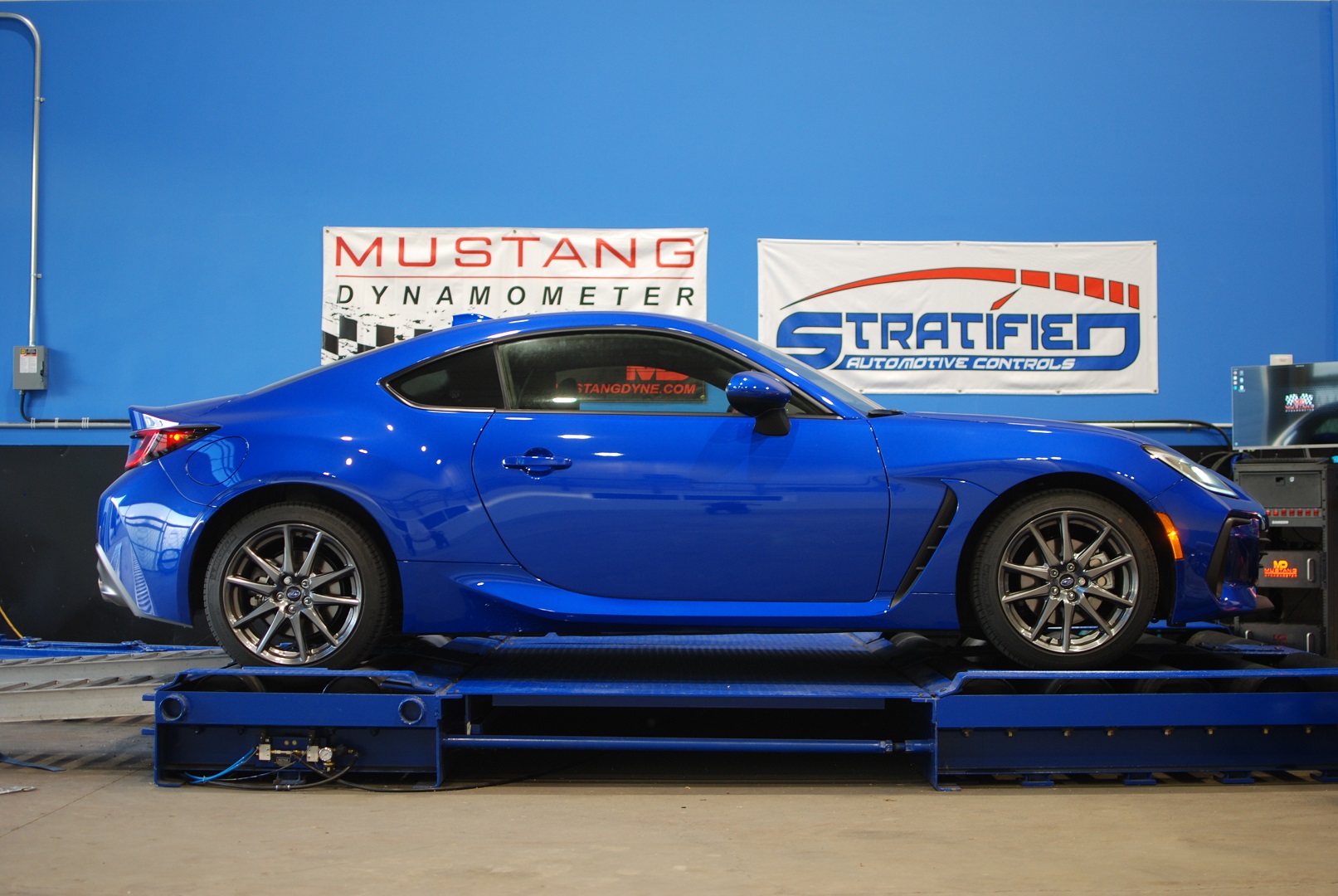
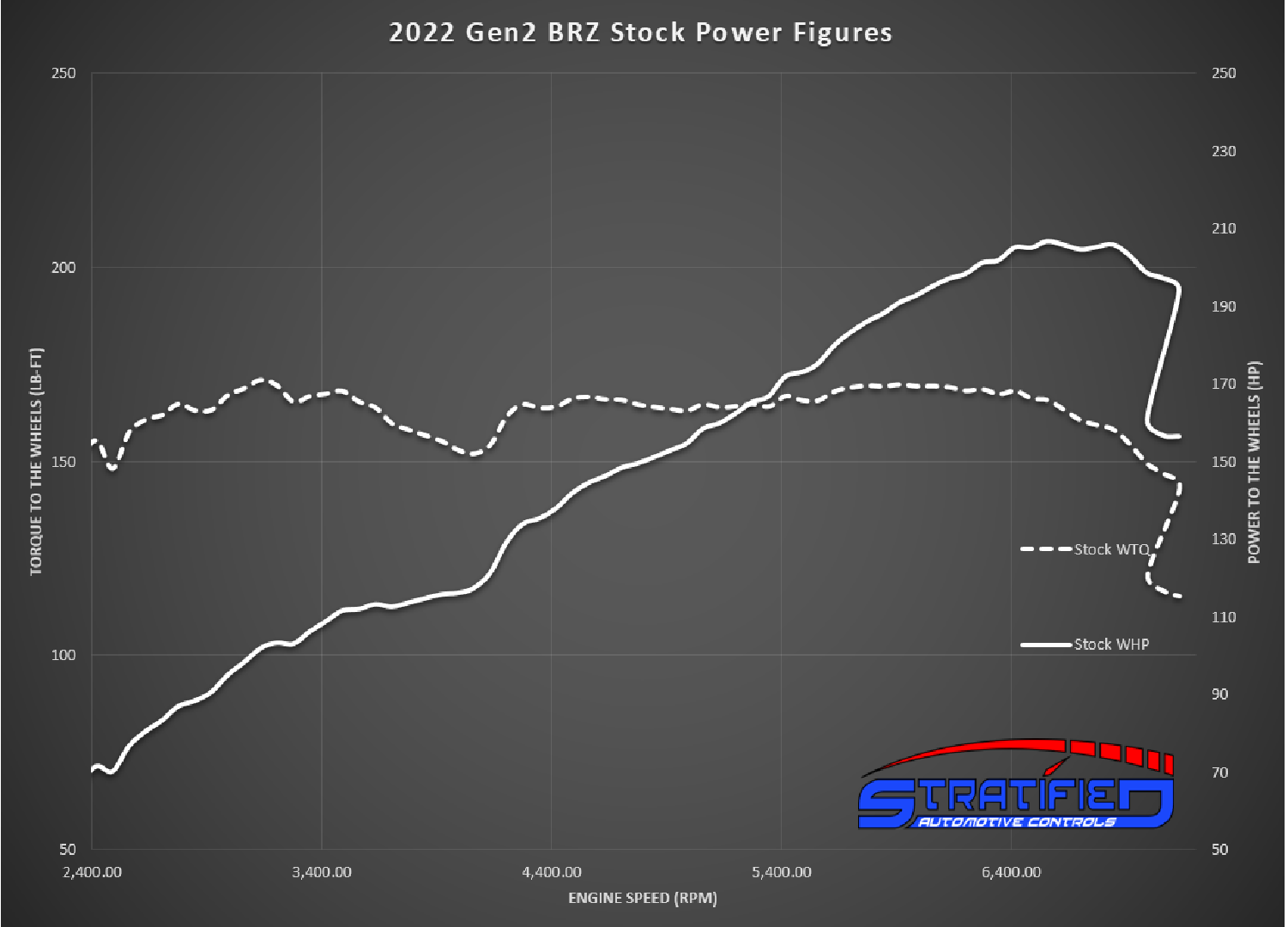
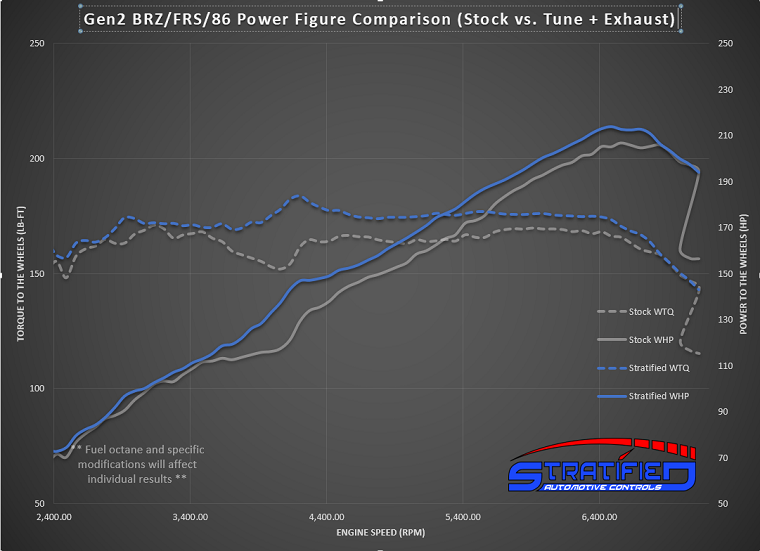
%20Pump.jpg)
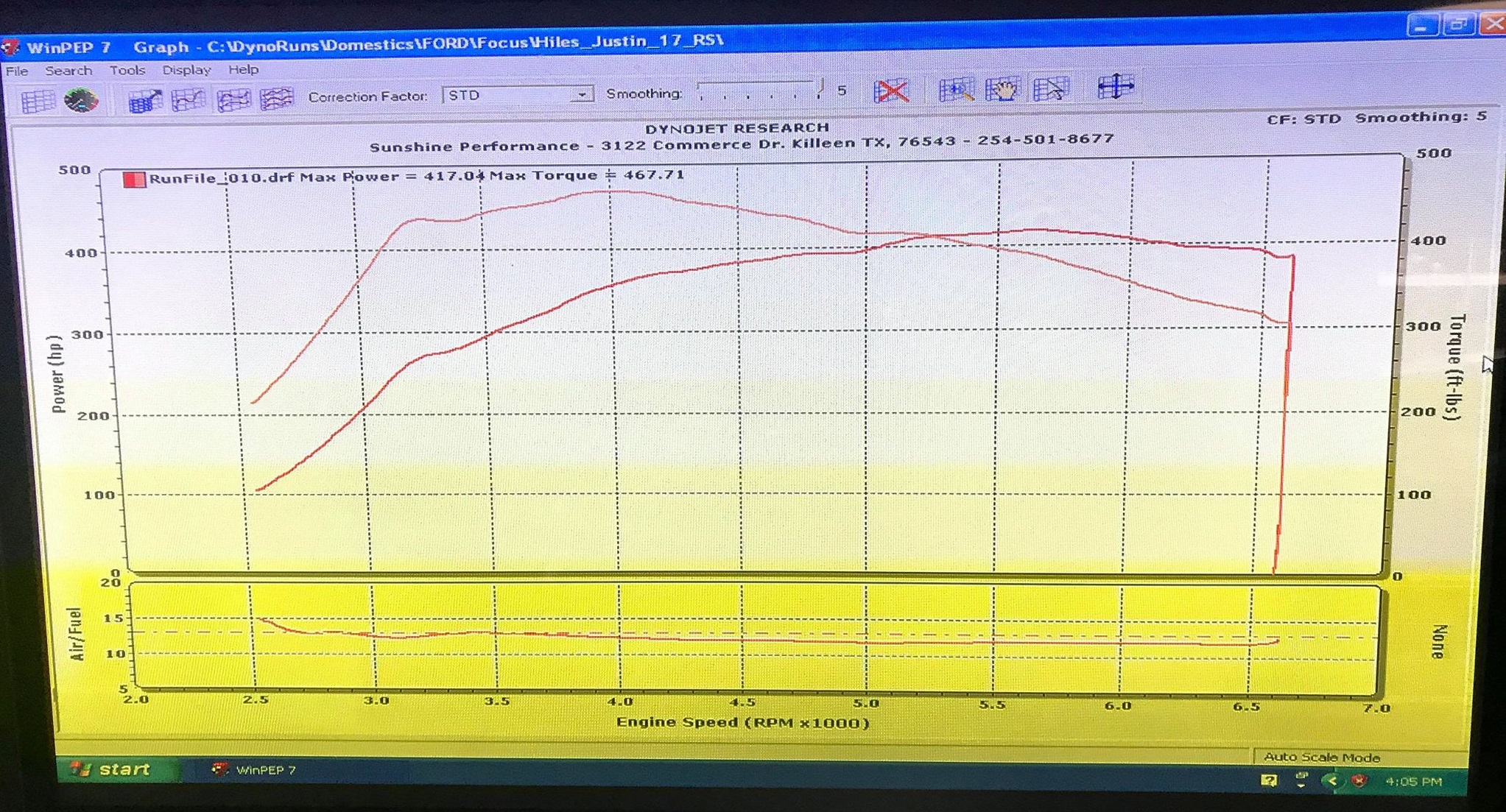
.JPG)
